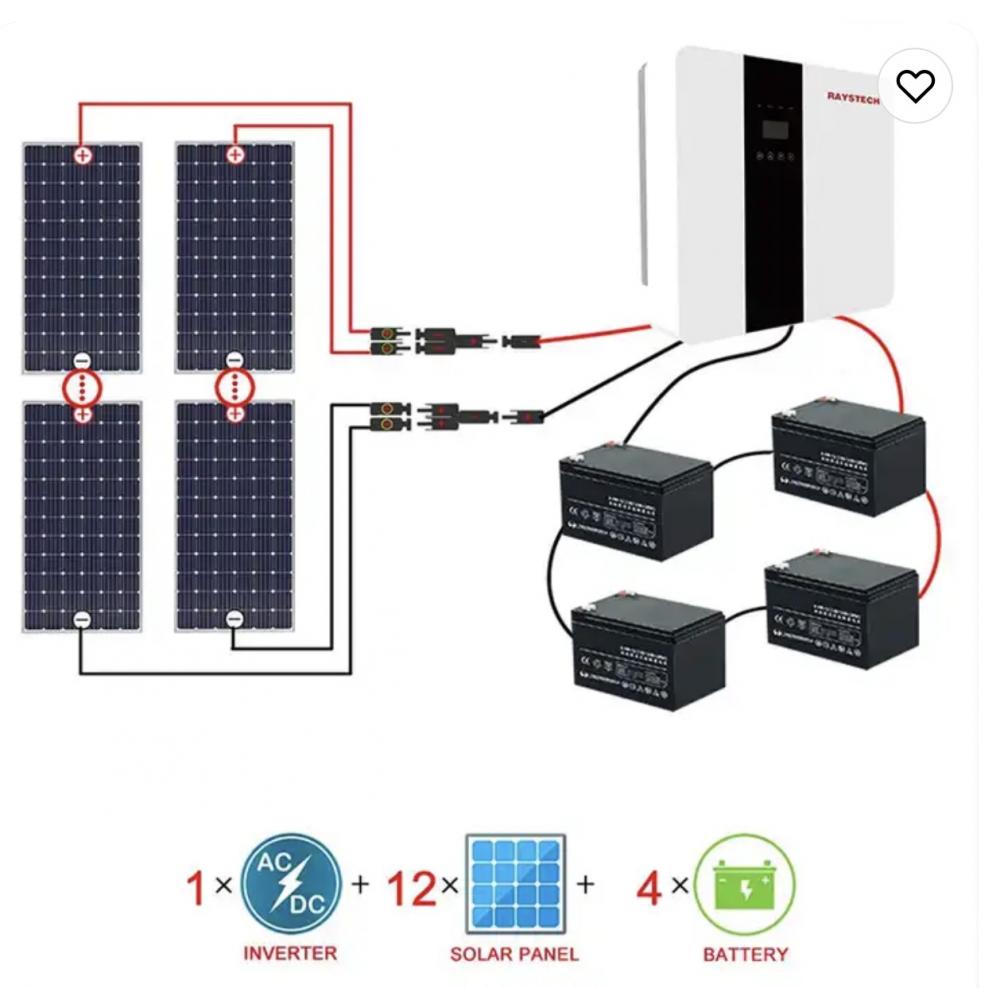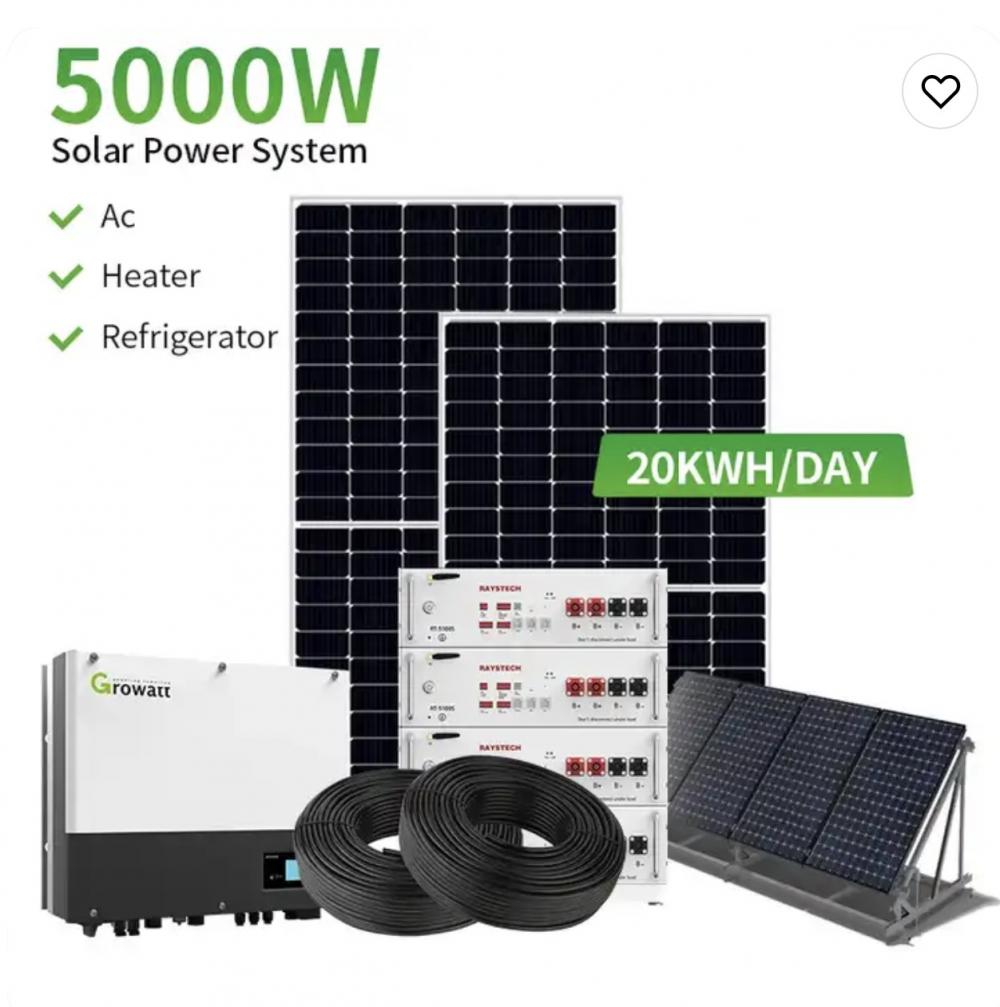1. Causes and Solutions for Tailing in Thin-Layer Chromatography
Tailing occurs when the sample is overloaded during the process of thin-layer chromatography. Compounds are adsorbed onto the thin-layer plate, but the adsorbent has a limited capacity to hold them. When the sample exceeds this capacity, excess compound may be left behind, leading to a tailing phenomenon. To prevent this, it's important to use an appropriate spot size and ensure that repeated spots are aligned correctly.
2. Edge Effect
The edge effect happens when spots on the sides of the thin layer move faster than those in the middle, causing them to shift sideways. This is due to the evaporation of less polar solvents at the edges of the plate, altering the composition of the developing agent and creating uneven polarity across the plate. To minimize this, you can increase solvent vapor concentration in the chamber, use wet filter paper inside the chamber, or choose a single solvent instead of a mixed one. Azeotropic solvents are also effective in reducing edge effects.
3. S-Shaped and Waveform Spots
S-shaped spots occur when multiple components in a sample are not evenly distributed along a vertical line during development, forming an 'S' shape. Waveform spots happen when components appear wavy rather than straight after unfolding. These issues usually result from uneven thickness of the thin layer. To avoid such problems, always use a uniform and well-prepared thin layer.
4. Beaded Spots
Beaded spots refer to small, closely spaced spots that appear connected. This often happens when there are too many components in the sample, causing overlapping. To solve this, you can increase the length of the chromatographic plate or use two-dimensional chromatography to spread the components in different directions. Also, ensure that multiple spotting operations are centered properly to avoid complex patterns.
5. Inconsistent Rf Values
Inconsistencies in Rf values can arise from unstable chromatographic temperatures, changes in the ratio of mixed solvents, uneven thin-layer thickness, or differences in adsorbent quality. To address this, maintain a stable temperature (within 5°C), use high-quality adsorbents and solvents from the same batch, and ensure uniform thickness and flatness when preparing the plate.
Solar energy system, off gird pv system, grid pv system, solar power system, Solar Panel system, on grid solar system, grid tied solar system,20kw solar system
Solar energy system include Solar photovoltaic system: 1. Off grid photovoltaic system mainly consists of solar modules, controllers, and batteries. To supply power to AC loads, it is also necessary to configure an AC inverter. 2. Grid connected photovoltaic power generation system. 3. Distributed photovoltaic power generation system. Distributed power generation or distributed energy supply.
solar cell type
mono crystalline, half cut cell
solar energy pv system include
on grid system, off grid system, hybrid system
solar configuration
solar panel, inverter, battery, bracket cabels, mc4 connector
Product details and pic


Solar Engergy System,Gird Solar Power System,Pv System For Carport,Energy System Off Grid Solar System
PLIER(Suzhou) Photovoltaic Technology Co., Ltd. , https://www.pliersolar.com